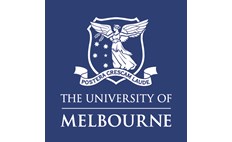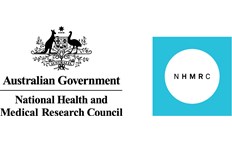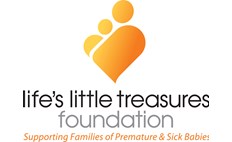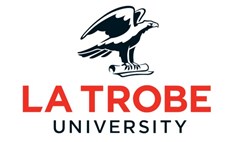"Visionary" CRE Researchers Present their work at the 2020 AusAcademy of Cerebral Palsy and Developmental Medicine Conference in Perth
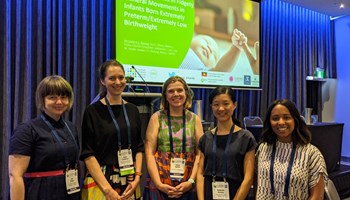
From the 11th to the 14th of March, a team of CRE researchers attended the Australasian Academy of Cerebral Palsy and Developmental Medicine 2020 Biennial Conference at the Perth Convention & Exhibition Centre. The theme for the conference was 2020 Visionaries, chosen to “embolden participants to be Visionaries in their practice and research, leading to future-focused Visionary outcomes for the children and families they work with.” And the presentations by our researchers certainly fell within this theme.
CRE in Newborn Medicine PhD students, Kate Cameron & Fran Finlayson both presented their work to date. Kate presented findings on participation in community activities of children born very preterm and term. Fran spoke about her work on the preterm infant SPEEDI feasibility Study: Supporting Play, Exploration and Early Development Intervention. In this study, 17 infants were recruited from the Royal Women's Hospital born <30 weeks' gestation over 4 months to participate in direct physiotherapy/ occupational therapy and parent provided activities, until 3 months’ corrected age. Fran showed that SPEEDI was feasible to implement in an Australian context and accepted by families, with improved developmental outcomes at 3 and 4 months' corrected aged, thus supporting the need for larger future RCTs.
Post Doctoral Fellow Joy Olsen presented research showing that the quality of infant's early movements in the first few months following very preterm birth can help identify children who may need additional developmental follow-up of their motor and mobility development in her talk entitled "Early general movements are associated with motor skills and mobility at 4.5 years’ corrected age in very preterm infants".
Presenting two publications from her PhD, Post Doctoral Fellow Amanda Kwong showed that from 12 weeks’ corrected age, infants tend to show more fidgety movements as towards 16 weeks’ corrected age, regardless of whether they are born preterm or not. If absent fidgety movements are seen at a first assessment, a second should be completed to confirm absence of fidgety movements in her talk entitled “Fidgety general movements in infants born extremely preterm/extremely low birthweight and at term: Temporal trends between 12-16 weeks' corrected age”. Later in the day Amanda took to the podium again to discuss if you had to prioritise infants for General Movements Assessment, is it possible to identify those who are more likely to have absent fidgety movements? Of the perinatal variables known to cause poorer developmental outcomes, brain injury is independently associated with absent fidgety movements at 3 months’ corrected age based on her paper “The relationships of perinatal variables with the Prechtl General Movements Assessment among infants born extremely preterm/extremely low birthweight”.
And rounding off presentations by the team was Professor Alicia Spittle who showed Dr Tara Fitzgerald’s PhD findings on the reduced rates of physical activity and increase sedentary time in preschool age children born preterm compared with peers.


